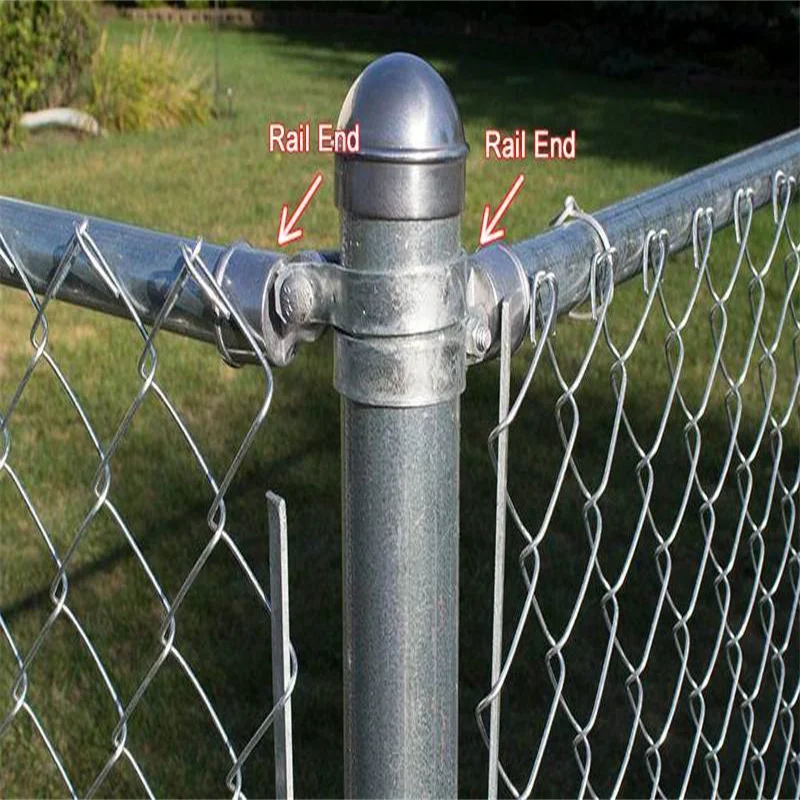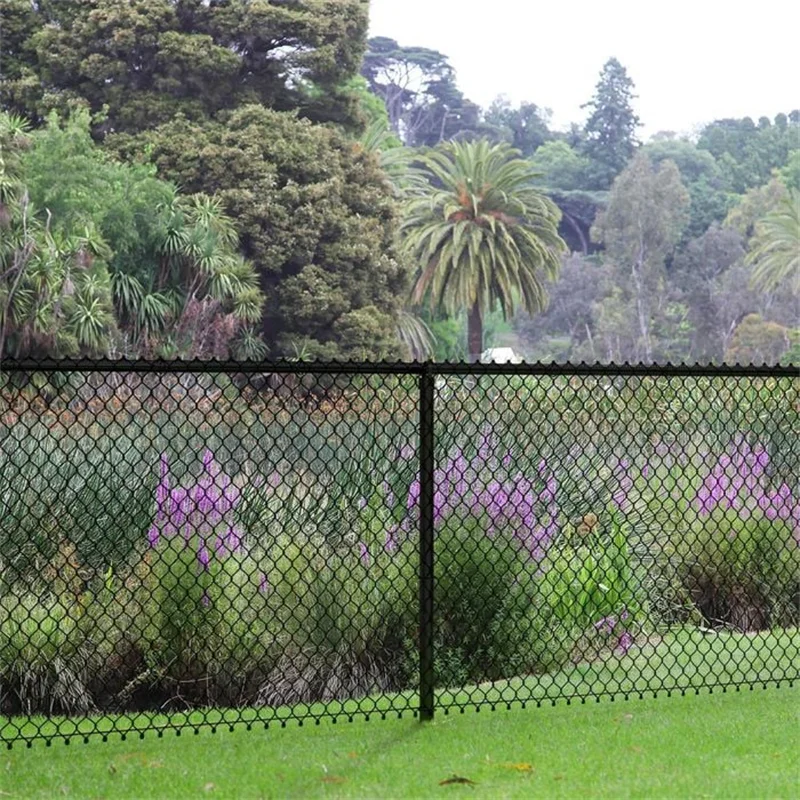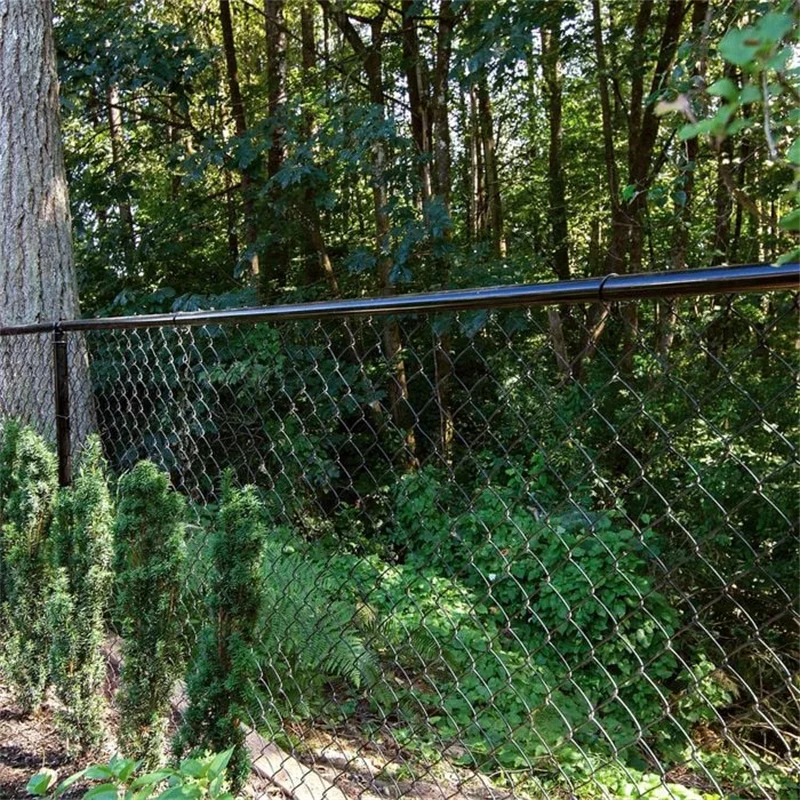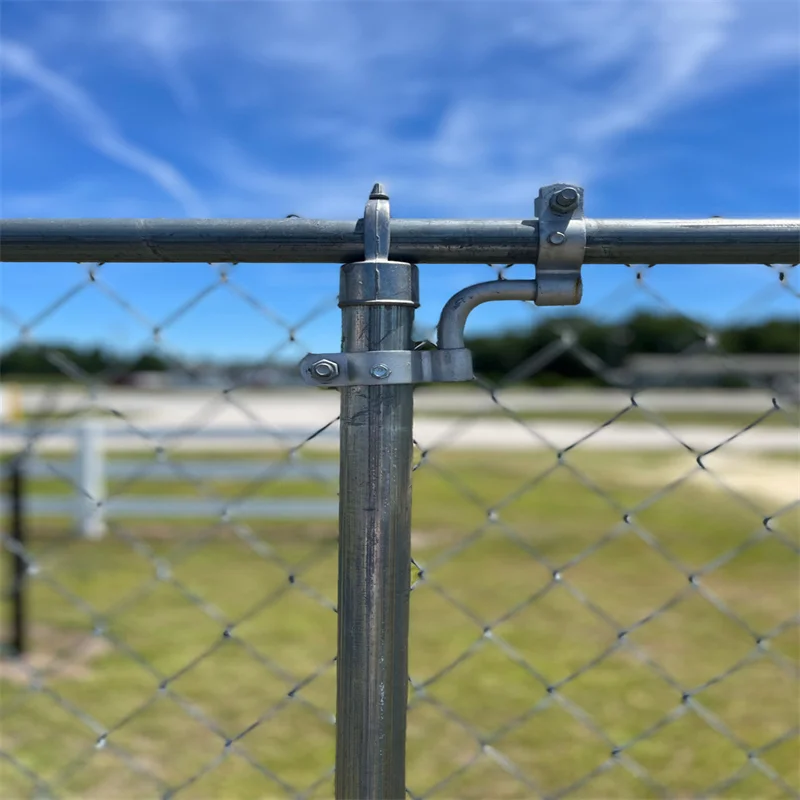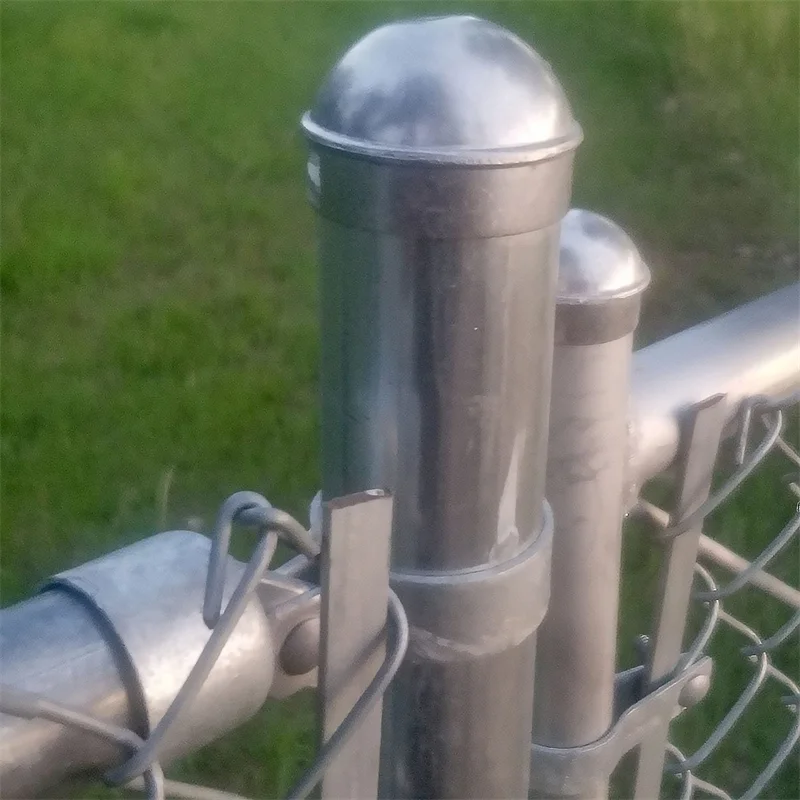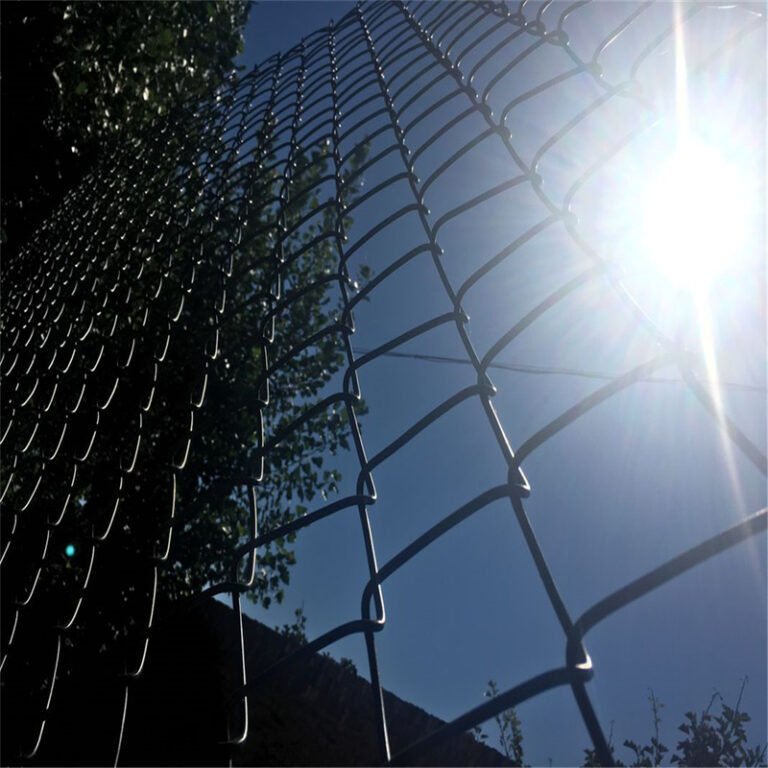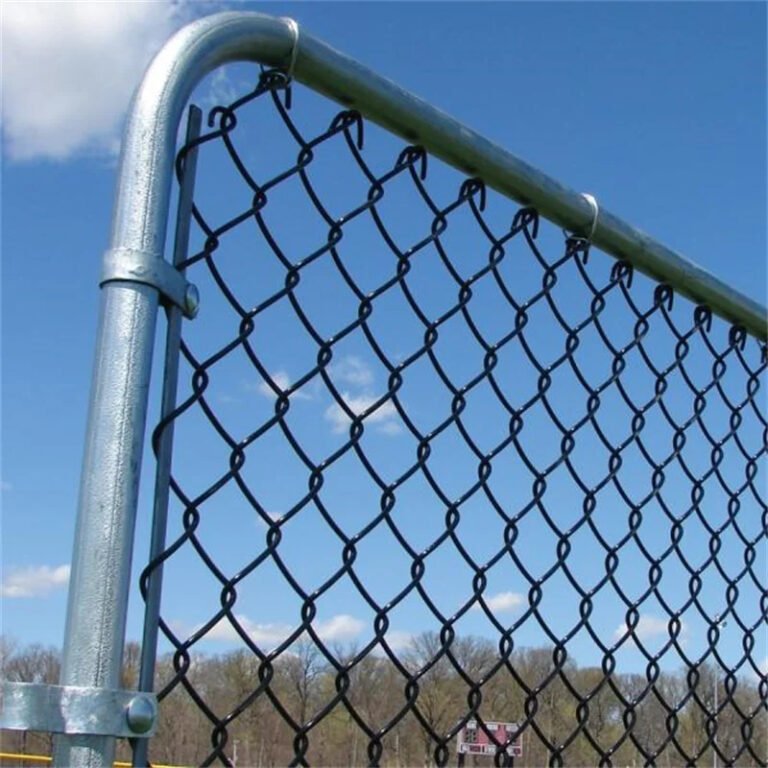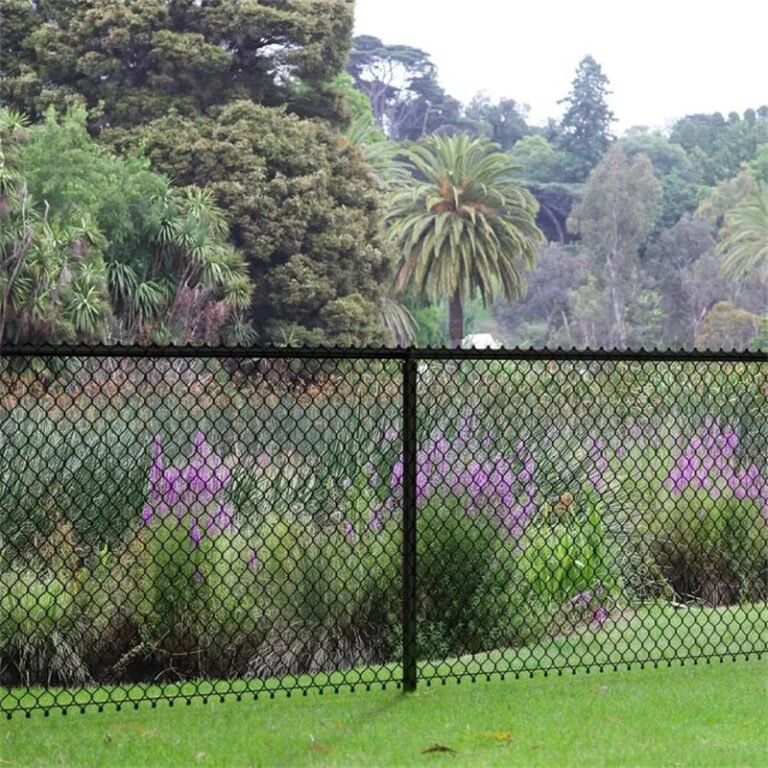Description The chain link fence top rail is essential for building a sturdy, secure fence that lasts. Whether you’re installing a residential backyard fence or a high-security perimeter fence in Qatar, the top rail prevents sagging and keeps the chain mesh straight and tight.
BMP supplies both residential and commercial-grade top rails in various sizes and coatings. If you’re tired of rails rusting, warping, or sagging—we’ve got you covered.

What Is Chain Link Fence Top Rail?
A chain wire fence top rail is the horizontal pipe installed across the top of the fence. It connects to terminal and line posts and provides support for the mesh fabric.
Unlike wood or vinyl fences, chain link systems only require one top rail—saving cost and labor.
Applications of Chain Link Fence Top Rail
- Residential yards and gardens
- School boundaries and play areas
- Sports fields and courts
- Farm fencing
- Warehouses, depots, and logistics yards
- Public infrastructure and roadsides
Benefits of BMP Chain Link Fence Top Rail
- Prevents mesh sagging and collapse
- Easy to install with swaged ends
- Strong galvanized or vinyl-coated steel
- Fits any height chain link fencing
- No maintenance required
- Rust-resistant and UV-protected
- Lightweight but sturdy
BMP Top Rail – Packing Details
- 50 pcs per steel pallet
- Strapped with metal bands and PE sheet
- Black rails packed in plastic sleeves
- Logo printing available on pipe
- Each container holds approx. 3,800 pcs (1 3/8” × 3.1 m)
Conditions to Consider for Top Rail Use
- Fence Height: Taller fences (1.8 m or more) should use 1 5/8″ top rails
- Fence Purpose: High-security or sports fences need stronger rail
- Climate: Choose vinyl coat for coastal or humid zones
- Budget: Galvanized is lower cost, vinyl lasts longer
- Stock Matching: Make sure top rail matches post diameter and mesh height
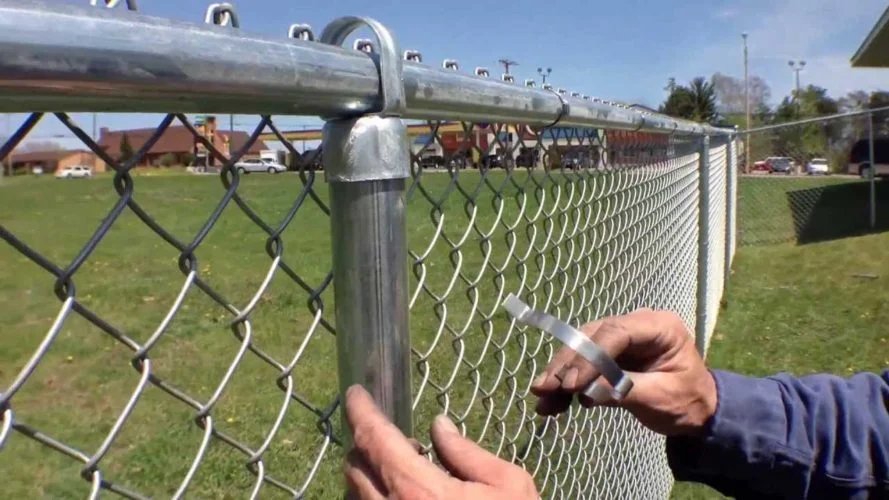
Customer Feedback from Qatar
“We ordered 2,000 meters of BMP chain link fence top rail for a logistics yard in Mesaieed. Coating was solid, welds clean, no bending. Easy to install and delivered on time. Highly recommended!”
– Mohammed A., Project Engineer, Doha
FAQ – BMP Chain Link Fence Top Rail
Q: What size top rail is standard for home fencing?
A: 1 3/8″ (35 mm) is ideal for residential fences 4–5 ft high.
Q: Can BMP provide cut lengths for smaller sections?
A: Yes, custom lengths (2 m, 2.5 m) available on request.
Q: Is vinyl coating available in green or custom colors?
A: Yes, RAL colors can be matched for large orders.
Q: Can I get matching fence posts and gates?
A: BMP offers full chain link fence kits including posts, mesh, gates, and all fittings.

How to Install Chain Link Fence Top Rail – BMP Step-by-Step Guide
Installing a chain link fence top rail is critical for fence strength and long-term stability. It supports the mesh, prevents sagging, and gives the structure clean lines. Whether it’s for a residential yard or a commercial site, proper top rail installation makes all the difference.
This BMP installation guide explains how to do it right—fast, simple, and secure.
Tools & Materials You’ll Need
- BMP chain link fence top rail (galvanized or vinyl-coated)
- Eye tops (rail ends)
- Brace bands and carriage bolts
- Line and terminal posts (pre-set in concrete)
- Self-tapping screws or bolts
- Pipe cutter or hacksaw (for adjustments)
- Rail sleeves (if not using swaged ends)
- Drill or wrench
- Ladder (for fences over 1.5 meters)
Step-by-Step Installation Instructions
Attach Rail Ends to Terminal Posts
- Slide an eye top (rail end cap) onto each corner, end, or gate post.
- Secure it in place using a brace band and carriage bolt.
- Ensure the eye top is centered and level for smooth rail alignment.
Place Eye Tops on Line Posts
- Place eye tops onto each line post along the fence.
- All eye tops must face the same direction, aligned for straight rail insertion.
Connect the Top Rails
- If using swaged-end rails:
- Insert the tapered end into the next rail’s open end.
- Push firmly until snug—no gaps.
- If using non-swaged ends:
- Connect each pair of rails with a sleeve/coupler.
- Secure with a screw or crimp depending on your design.
Insert Rails Into Eye Tops
- Lift each rail section and slide it through the eye tops on the line posts.
- Continue until the rail reaches the terminal post.
Secure the Final Connection
- If the last section is too long, cut it using a pipe cutter or hacksaw.
- Insert the trimmed rail into the final eye top on the terminal post.
- Tighten any bolts and check for sag or gaps.
BMP Pro Tips Chain Link Fence Top Rail
- Always pre-measure your total fence length to reduce cutting.
- For extra strength, use 1-5/8″ OD rail on fences taller than 1.8 m.
- In coastal areas like Lusail or Al Wakrah, choose vinyl-coated top rail for longer life.
- Match top rail diameter to mesh height and wind load—residential uses 1-3/8″, commercial uses 1-5/8″.
Final Check Before Tying Fence Fabric
-
Top rail should be level and straight along the full length.
-
All swaged or sleeved joints should be tight—no movement.
-
Rails should not bow or flex under hand pressure.
Conclusion Chain Link Fence Top Rail
A chain link fence without a top rail will sag, buckle, and fail—fast. BMP top rails are designed to last, with tapered ends, thick steel walls, and superior coatings. Whether for a backyard, oil facility, or warehouse yard, BMP delivers the quality and logistics Qatar contractors trust.
Start your next project with the right rail—strong, rustproof, and ready to install.


